The Characteristics and Design Content of Furniture
 May 12,2025
May 12,2025

 Topmax Furniture
Topmax Furniture
As an indispensable practical object in daily life, furniture not only carries functional needs, but also reflects the evolution of the aesthetics, craftsmanship and humanistic concepts of the times. Its characteristics cover multiple dimensions such as materials, structure, comfort and durability, while the design content integrates core elements such as functionality, artistry and sustainability. From traditional handmade to modern intelligent production, the design of furniture has always explored the balance between form and innovation while meeting practical needs. As swing chair manufacturers with 27+ years of furniture export experience, Topmax Furniture will discuss the physical characteristics, user experience and design principles of furniture, and analyze how it shapes the spatial atmosphere and affects human lifestyle.
Characteristics of furniture
The emergence and development of furniture is because it can meet the actual use needs of people in life. When this function reaches its maximum value, its external elements become particularly important. Furniture design involves many fields such as market, psychology, ergonomics, materials, structure, craftsmanship, aesthetics, folklore, culture, etc., and generally has the following characteristics.

(I) Practicality
Practicality is the primary purpose of furniture. Practicality is not simply about use. It must be comfortable (correct size, reasonable structure, appropriate materials), convenient (reasonable and novel structure), flexible (multi-functional in one), space-saving (fitting the scale of the use environment), durable (quality of materials and structure), easy to maintain (cleaning, repair, renovation) and many other characteristics.
The practicality of furniture is closely related to technology and materials. Ludwing Mie der Rohe, the master of modernist design, said: "All materials, whether artificial or natural, have their own characteristics. Before we deal with these materials, we must know their characteristics. Materials and construction methods do not have to be the best. The value of materials lies only in whether good things can be made with these materials."
Swing chair manufacturers believe that the continuous progress of science and technology is driving the renewal of furniture. New technologies, new materials, new processes and new inventions have brought new designs, new shapes, new colors, new structures and new functions to modern furniture. The emergence of new technologies is a challenge to traditional furniture, but some designers with advanced innovation awareness can see the huge potential that new technologies bring to modern furniture design. After the Industrial Revolution, high-quality steel and lightweight metals produced by modern metallurgical industry were widely used in furniture manufacturing, which made furniture develop from the traditional wood age to the metal age. Swing chair manufacturers found that after World War II, new artificial plywood materials, new bending and gluing technologies, and especially the invention of modern materials such as plastics provided furniture designers with greater creative space.
(II) Economic
The current society is dominated by commodity economy. As a commodity, the success or failure of furniture design is ultimately determined by the market and consumers. Therefore, the design of furniture products is not only a problem of functional design, shape design, and structural design, but also an economic design problem.
The core of furniture economy is that furniture products should have a reasonable price. This requires improving the utilization rate of materials in the process of furniture design and production, reducing unnecessary consumption in the processing process, reducing transportation costs, etc., thereby reducing the cost of furniture manufacturing. To improve the utilization rate of materials, it is required to consider the modular relationship of parts and components during design, and use different grades of materials that meet the quality requirements in different parts of the product; to reduce unnecessary consumption during processing, it is necessary to consider the reasonable design of hole positions, thereby reducing the number of drilling processing times; to reduce transportation costs, it is necessary to consider the convenience and economy of packaging when designing various parts of furniture. In actual production, swing chair manufacturers can take the following measures to specifically consider the economy of design.
First, on the premise of meeting the use requirements of furniture, reasonable functional design should be carried out to bring consumers higher use value and improve its cost performance. When designing to meet the purpose of use, the size and structure of furniture should be solved from the aspects of practicality, durability and comfort; avoid considering individual special functional requirements as universal functions, and do not over-enlarge the size of furniture.
Secondly, as an important part of technical design, furniture structural design should solve the connection problems between product parts, between parts and components, and between components. Due to different structures, different production difficulties, and different costs transferred to products, the processability of the structure has a significant impact on the production cost of the entire product. Compared with the furniture with frame structure, the components of the panel disassembly furniture products are flat components, and the interfaces are all round holes, which can greatly improve labor production efficiency, reduce the inventory area of products, and reduce packaging and transportation costs, so that the final cost is relatively low. Therefore, swing chair manufacturers use direct and simple structures to reduce production costs to a more reasonable level.
Thirdly, the result of furniture design is expressed through people's visual perception. If it lacks aesthetics, it is difficult to arouse customers' desire to buy. Therefore, under the condition of fully reflecting the artistic nature of furniture modeling, simple and generous shapes should be used as much as possible to reduce production costs, make products "good quality and cheap", and obtain high-efficiency returns in the market.
Finally, there are many types of materials used in furniture. Different materials require different processing techniques for swing chair manufacturers; different furniture structures and processing equipment create different cost structures. The choice of materials directly affects the quality, cost, and price of products. It is necessary to avoid using rare and precious materials as much as possible without reducing the function and appearance quality of the product. Generally, according to the principle of overall optimality, large materials should not be used in small quantities, high-quality materials should not be used in inferior quantities, and small materials, small materials, and inferior materials should be used comprehensively to reduce the processing allowance and industrial waste rate of materials.
The economic design of furniture needs to comprehensively consider many aspects such as shape, material, and processing, and must not "see the leopard in the tube".
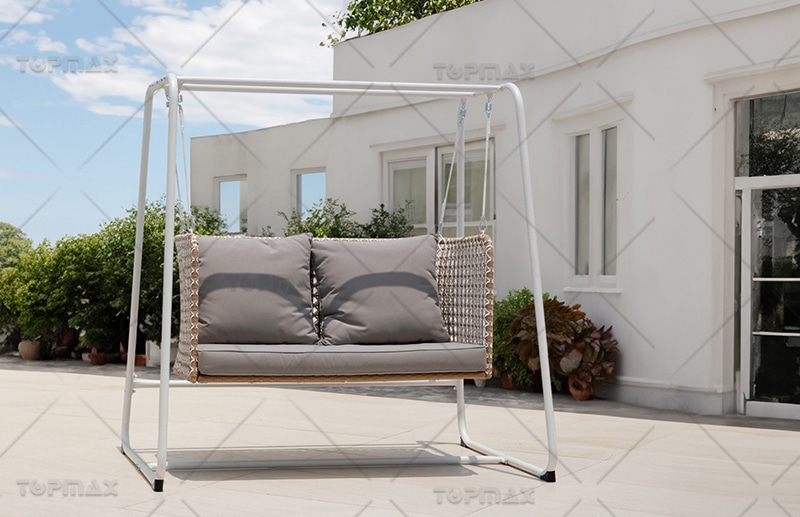
(III) Systematic
The production, sales and use of furniture involve all aspects of human activities. Various factors are intertwined with each other, so we must regard furniture and furniture design as an organic system. Specifically, its systematicity is mainly reflected in the following three aspects.
First, matching. When designing furniture, the coordination and complementarity of furniture with the use environment, other furniture, facilities and furnishings in the environment should be considered. Swing chair manufacturers combine the overall effect and use function of furniture with the entire environment through design.
Second, comprehensiveness. In general, furniture design belongs to the category of industrial design. Furniture design requires comprehensive and systematic consideration of the product's function, shape, structure, material, process, packaging and economic cost. Furniture design is not just about conceiving or drawing product renderings and product structure diagrams; it includes the design of specific areas and operations in each process or stage of the product's entire life cycle.
Third, standardization. This is mainly for furniture production and sales. The systematization and standardized design of furniture products is to form a certain type of furniture standard system with a certain number of standardized parts and furniture monomers. At present, the social personalized needs of small batches and multiple varieties are in conflict with the high quality and efficiency of modern industrialized production, and can liberate designers from mechanical repetitive labor. In order to achieve the low cost of its products, the world-famous brand "IKEA" widely adopts the "standardized module" furniture design method. Some modules can be used universally among furniture, which simplifies the design process, greatly reduces the design cost, and liberates designers.
In addition, sustainability is also an important manifestation of furniture systematization. Because wood has the best pleasantness, and the beautiful visual effects and easy-to-shape processing characteristics of natural wood, wood and wood materials are still the main furniture materials in the current market. Wood is a natural resource. High-quality wood grows slowly and has a long cycle. They are becoming more and more precious as the existing resources are decreasing. For this reason, swing chair Manufacturers must consider the sustainable use of resources when designing furniture. Specifically, they should try to use recyclable, renewable and less polluting materials as raw materials to reduce material consumption.
(IV) Cultural
Furniture contains rich information and is also a carrier of various cultural forms. The development of furniture in different regions will inevitably form a state of various types and styles. Moreover, with the development of society, this style change and update wave will become more rapid and frequent. Therefore, furniture culture will inevitably reflect regional characteristics (different regional landforms, different natural resources, and different climatic conditions will inevitably produce differences in people's personalities and form different furniture characteristics) and era characteristics in the process of development (the development of furniture also has its stages, that is, the furniture styles of different historical periods show different era characteristics of furniture culture).
As for the differences in furniture shapes between northern and southern China, there was a saying in the past that "legs in the south, hats in the north", that is, the cabinets in the north pay attention to large hats to show thickness, while the furniture in the south pursues changes in foot shape, which is more elegant. In terms of furniture color, the north The southerners prefer the deep and solemn, while the southerners prefer the light and fresh.
In different historical stages, the differences in furniture shapes are more intuitive. In agricultural society, furniture is handmade, so the style of furniture is mainly classical, or meticulously crafted, or simple and rustic, with obvious traces of handmade manufacturing. In industrial society, furniture is produced in batches, and the style of the product is modern, with simple and straight shapes, almost no special decorations, and mainly pursues mechanical beauty and technical beauty.
In addition, changes in people's understanding of furniture will also affect the classification of furniture. In the contemporary information society, in economically developed countries, furniture denies the design principles of modern functionalism and instead focuses on the expression of context and cultural semantics. Therefore, furniture styles are diversified: they must be modernized - reflecting the lifestyle of contemporary people, reflecting contemporary technology, materials and economic characteristics, and they must be isomorphic and compatible with regions, nationalities, traditions, and history in artistic language. From commonality to individuality, from singleness to diversity, furniture and interior furnishings both show strong personal colors, which is the contemporary era feature of furniture.
Swing Chair manufacturers should always pay attention to the new development of contemporary science and technology. With the continuous progress of science and technology, new technologies, new materials and new tools have emerged, constantly creating new products, and constantly changing people's lifestyles. There is no end to the development of science and technology, and there is no limit to modern design. The modern furniture designer in the information age should be a digital modern furniture designer, whose knowledge structure, comprehensive quality, design tools and means of expression should be brand new.
(V) Aesthetics
The aesthetic characteristics of furniture are its artistic characteristics. Furniture is a kind of highly practical artwork that combines science and technology with culture and art. Because furniture has the main characteristics of plastic arts, it has always been one of the main forms of the world's art. The style evolution of furniture in the past dynasties has always developed synchronously with other arts of the same period. From the West to the East, whether it is a classical art museum or a modern art museum, furniture is an important collection and research object.
From the perspective of the development process of modern furniture, modern painting and modern sculpture have been integrated and influenced in the development, thus creating many epoch-making furniture masterpieces.
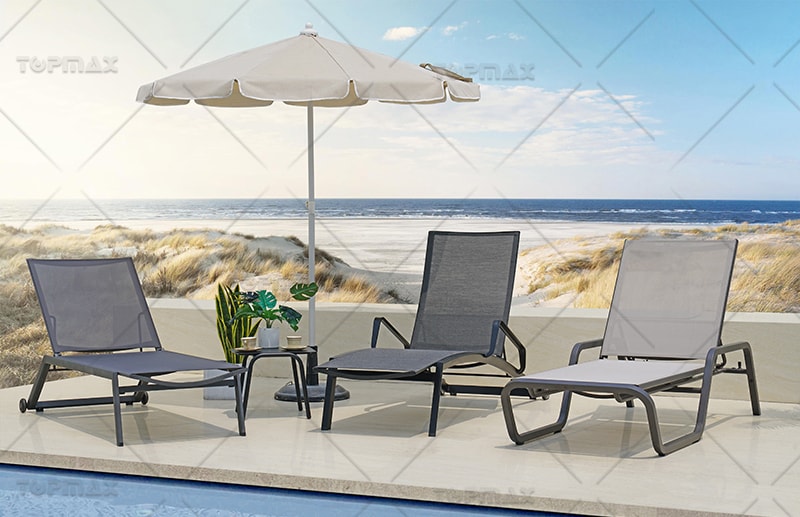
Contents of Furniture Design
Furniture design should not only meet people's use requirements in space, but also meet people's aesthetic needs, that is, meet the dual functions of furniture - use function and aesthetic function. There are two main ways to produce furniture aesthetic function.
First, through the generation process, production materials, production technology and final products, visual beauty is produced, which is mainly reflected in the form, that is, the beauty of shape.
Second, it is the functional beauty associated with technology, which is the beauty formed by the combination of technology and art, that is, the beauty of technology. The content of furniture design mainly includes artistic design and technical design as well as the corresponding economic evaluation content. The artistic design of furniture is to design the image of furniture based on the form, color, scale, texture and other elements of furniture, that is, the so-called furniture shape design. When designing, designers need to have a certain artistic sensibility and thinking, and use artistic modeling language to reflect certain ideas and concepts, and produce spiritual effects on consumers through their use and aesthetics.
Furniture technical design is to design the various technical elements (such as materials, structures, processes, etc.) included in furniture. The main contents of the design include how to select materials and determine reasonable structures, how to ensure the strength and durability of furniture, how to maximize its functions to meet the needs of users, etc. The entire design process is based on the design principle of "whether the structure and size are reasonable or not". Practice has proved that the technical design and artistic design of furniture are not independent processes, and the two are mutually inclusive in content.
| Furniture Art Design Content | Style | Form, volume, reality, proportion, scale, etc. |
| Color | Overall color, local color, etc. | |
| Texture | Texture, gloss, touch, comfort, intimacy, cold and warm, softness, etc. | |
| Decoration | Decoration form, decoration method, decoration part, decoration material, etc. | |
| Furniture Art Design Content | Function | Basic function, auxiliary function, comfort, safety, etc. |
| Size | Overall size, local size, component size, assembly size, etc. | |
| Material | Type, specification, moisture content requirements, durability, physical and chemical properties, processing technology, decorativeness, etc. | |
| Structure | Main structure, component structure, connection structure, etc. |
 Inquire Now
Inquire Now



 Home
Home Classification of Furniture From the Perspective of Furniture Design
Classification of Furniture From the Perspective of Furniture Design  You May Also Like
You May Also Like 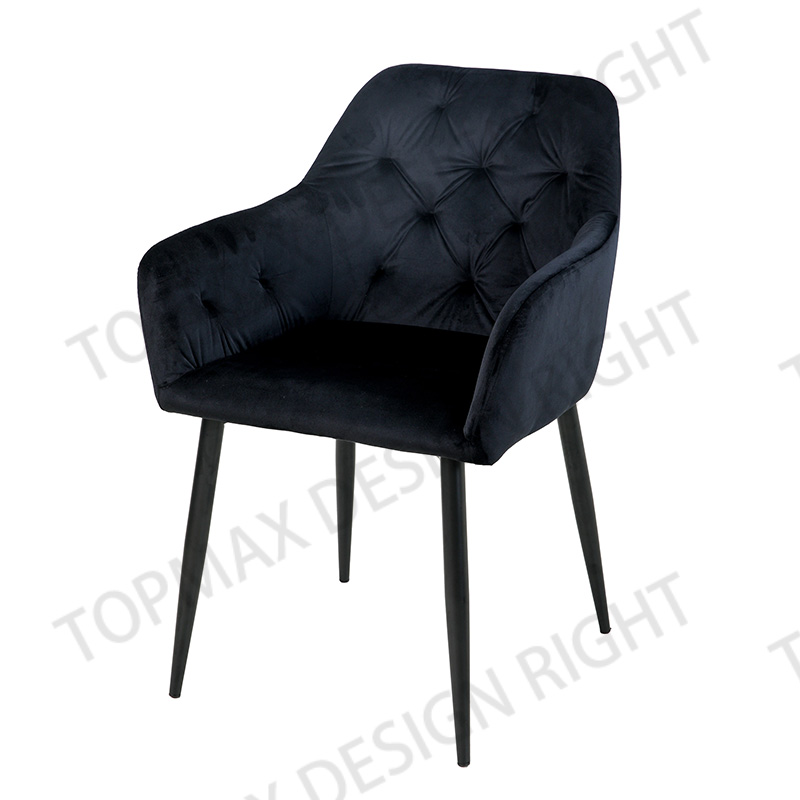

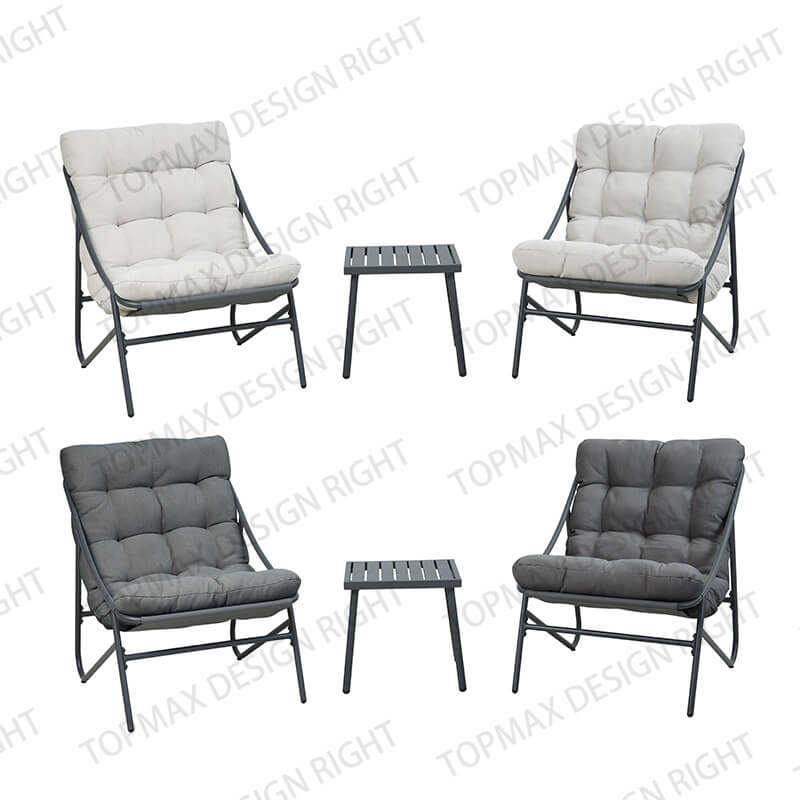
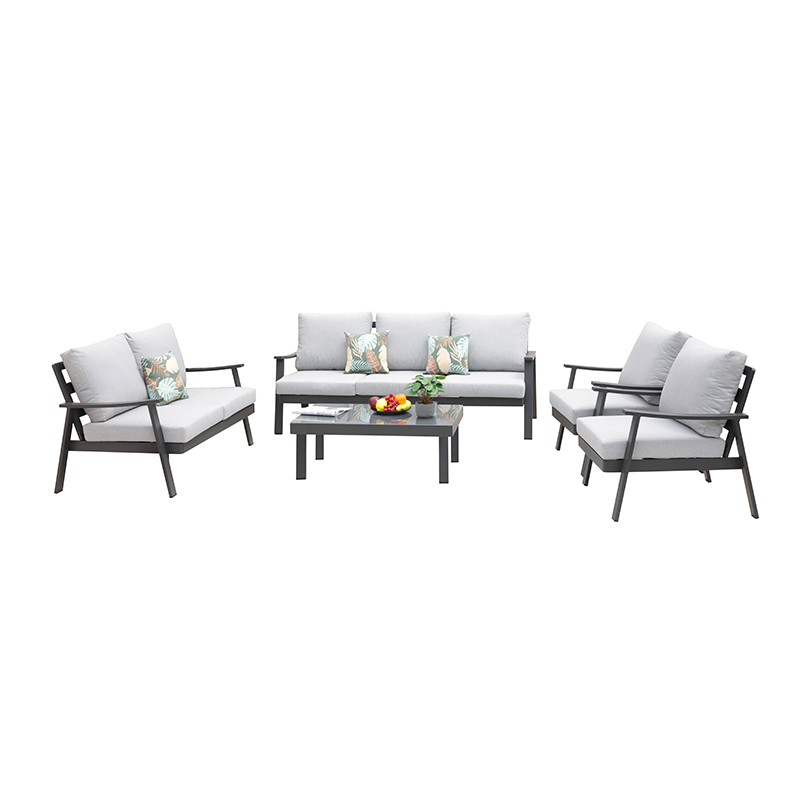
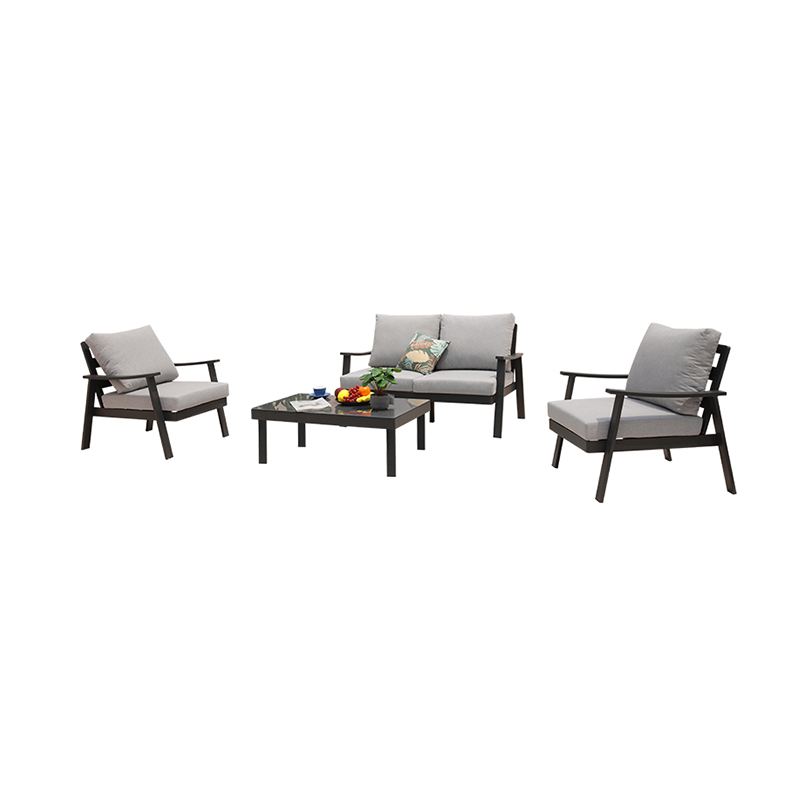
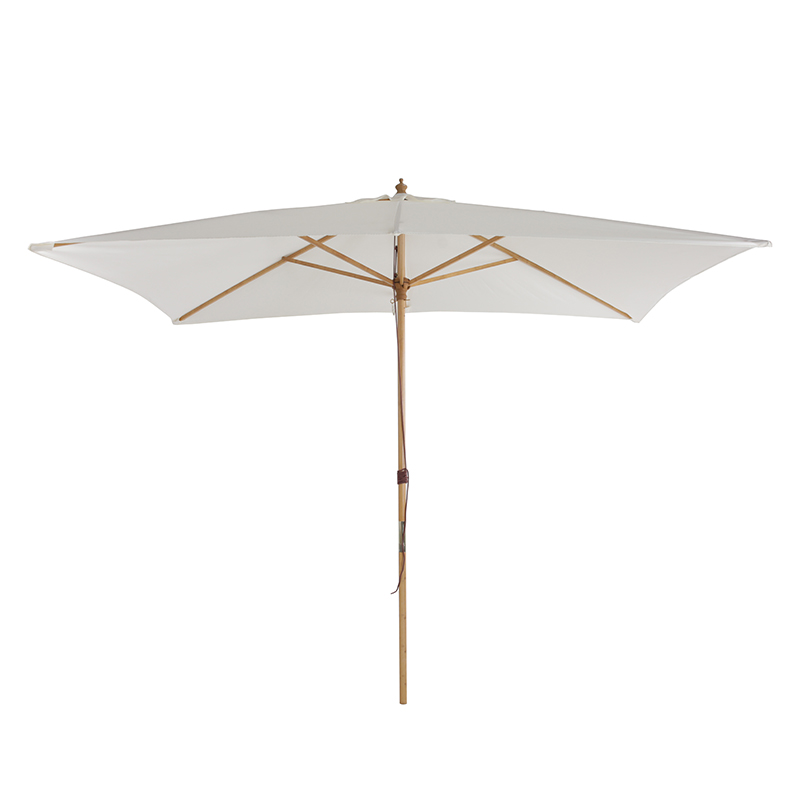
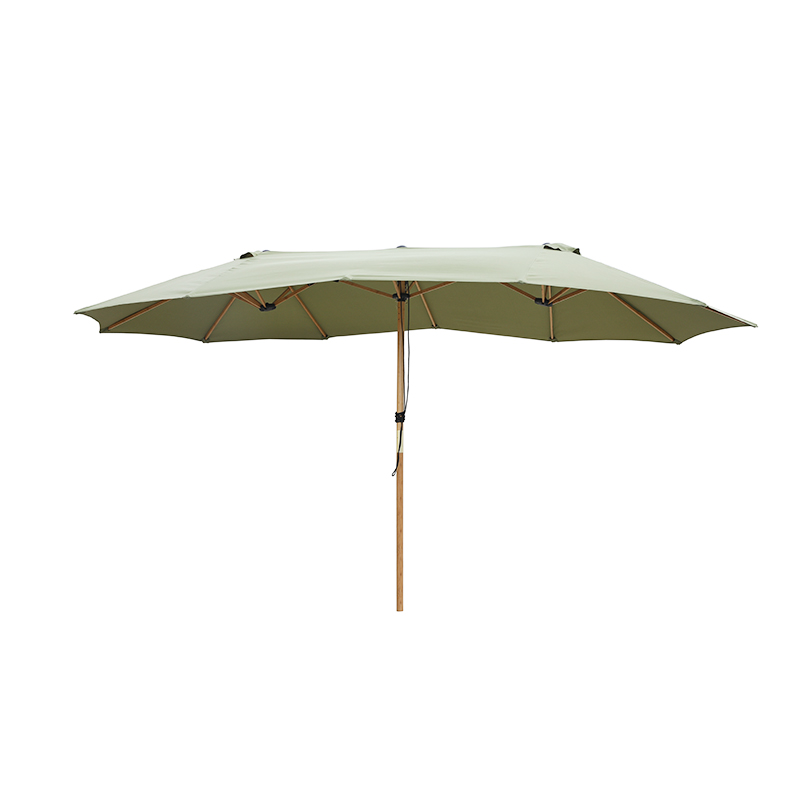
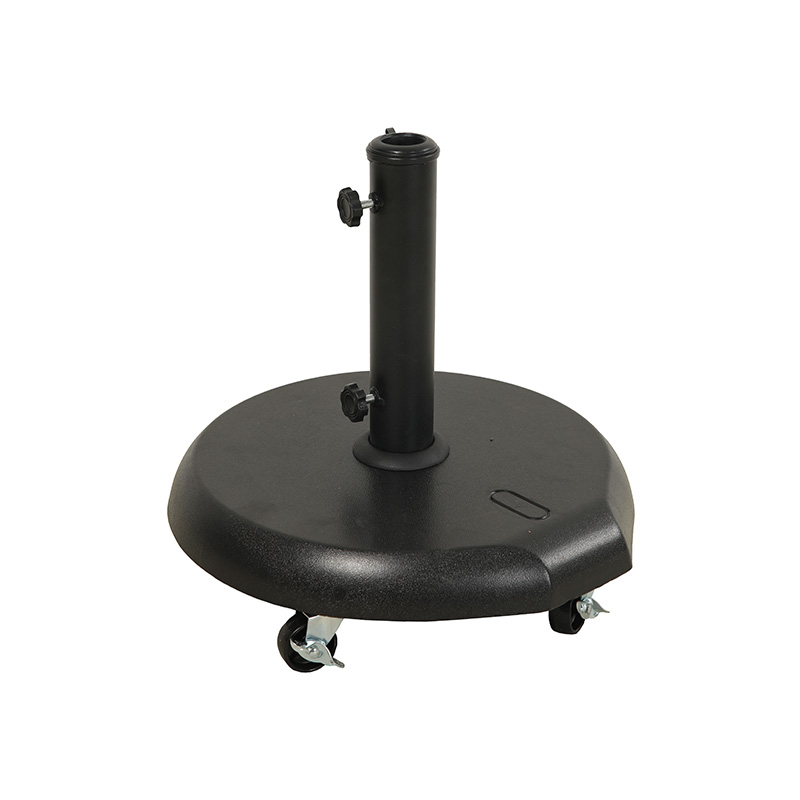
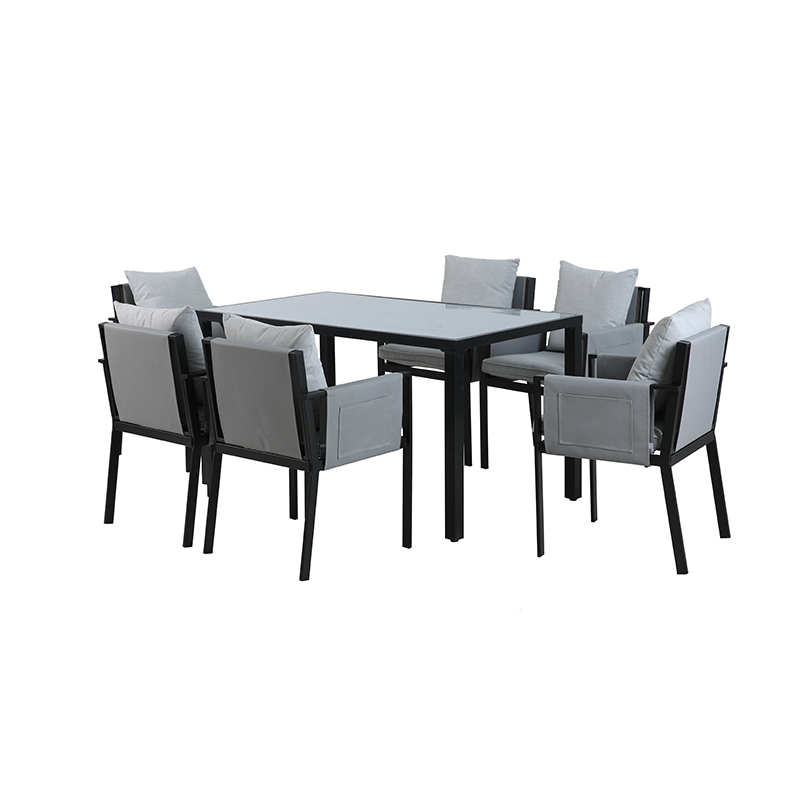
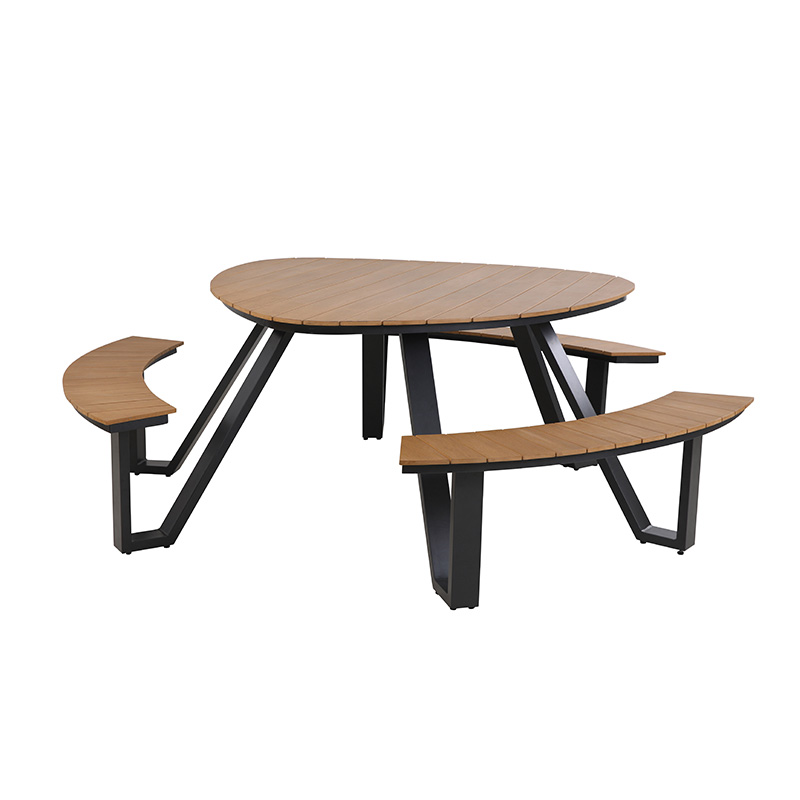
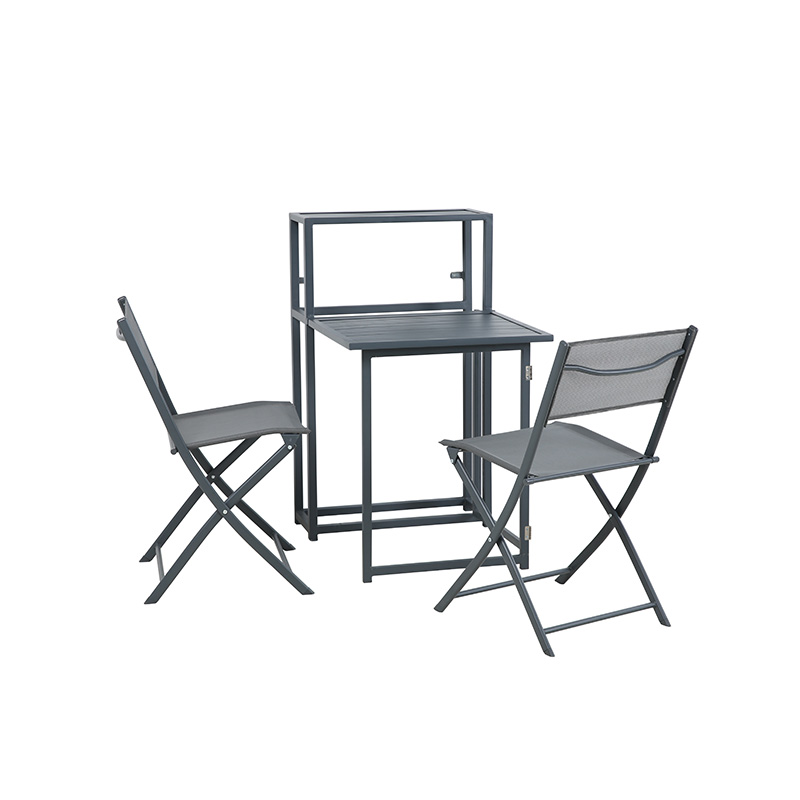
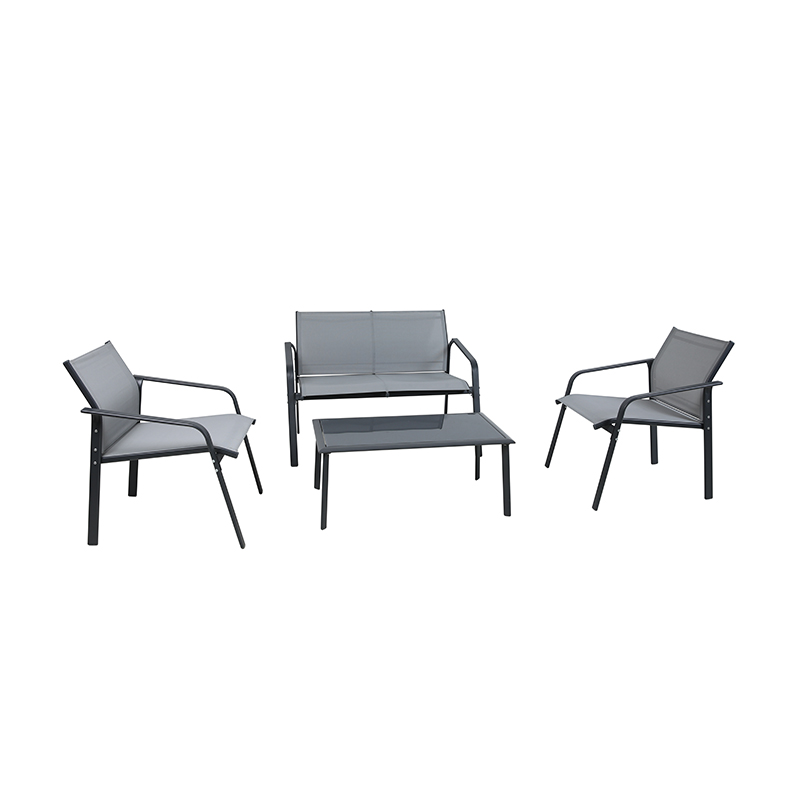
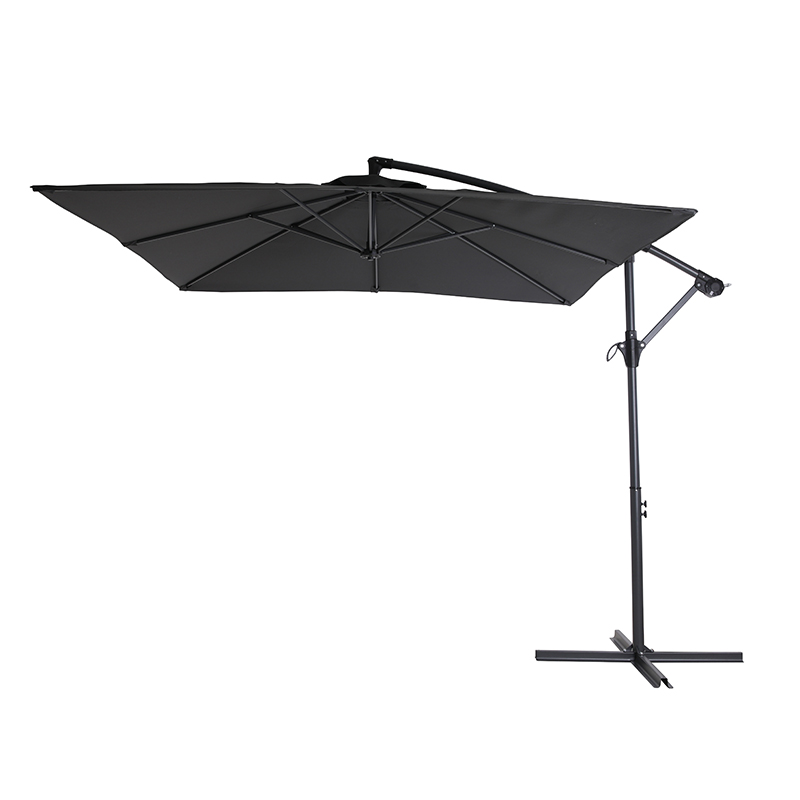
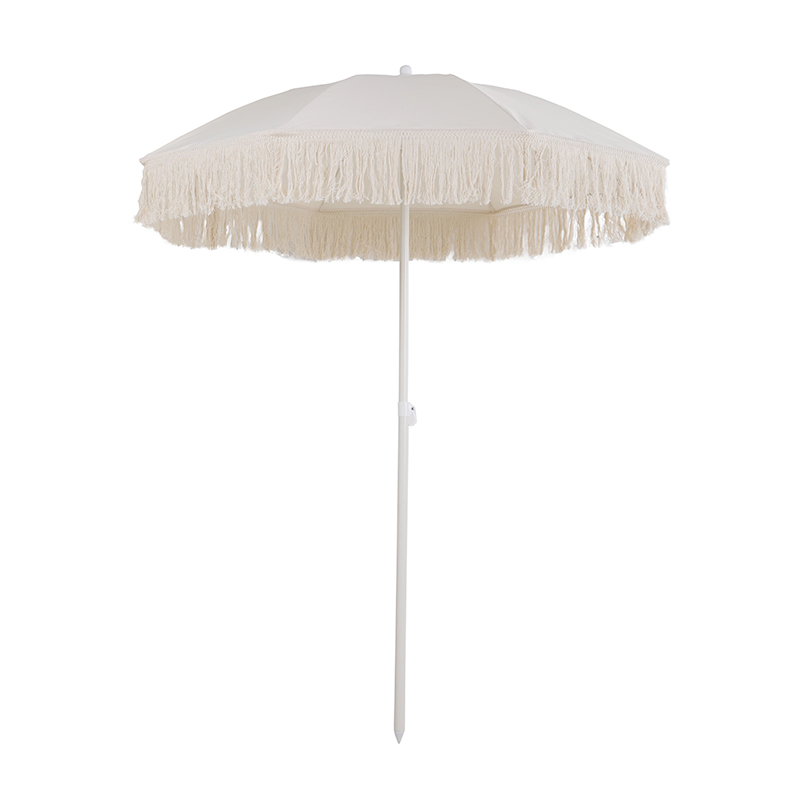

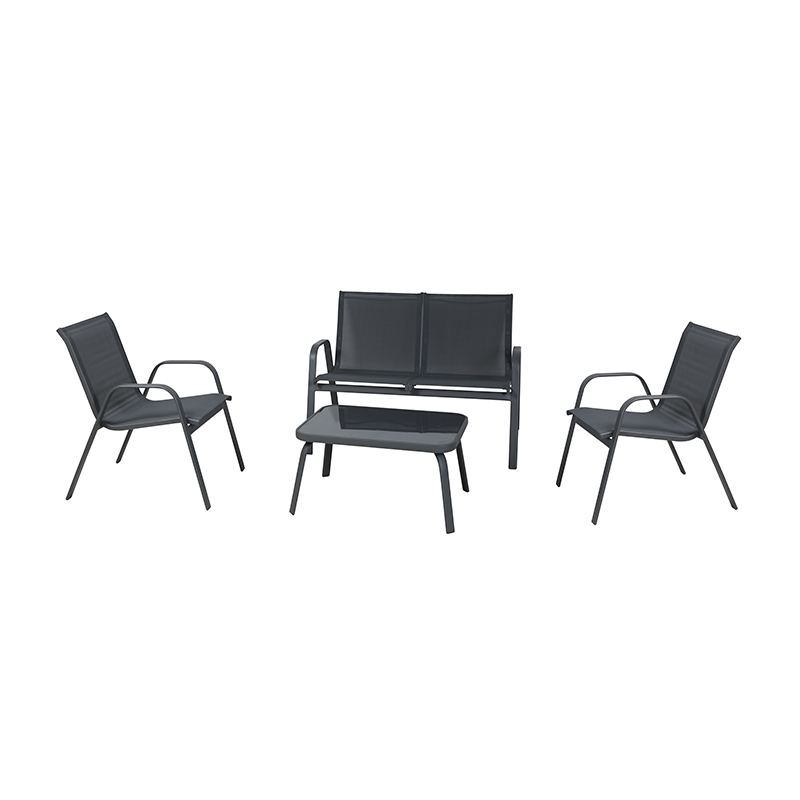
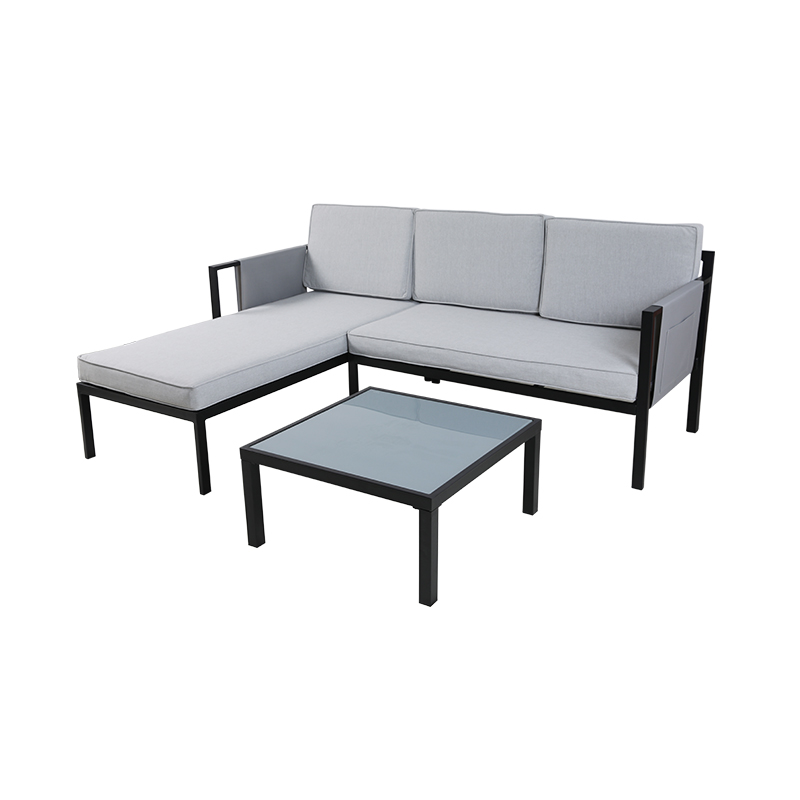
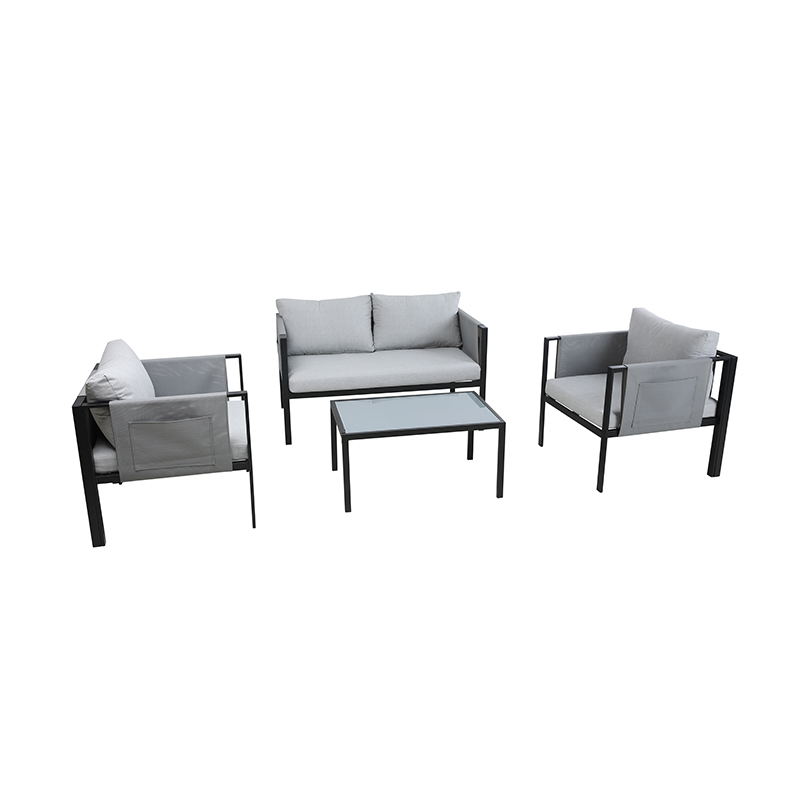
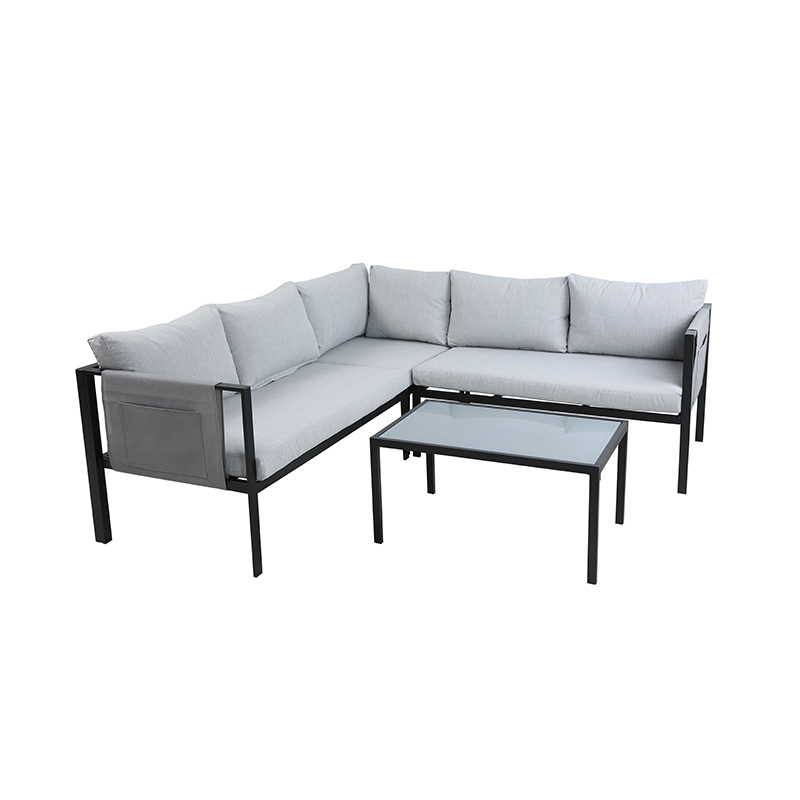
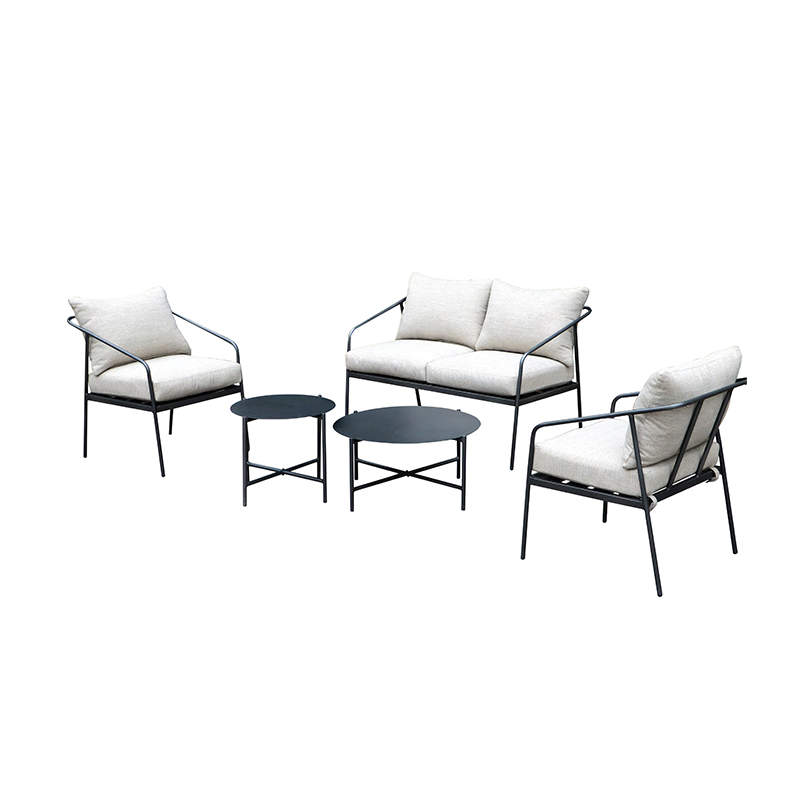
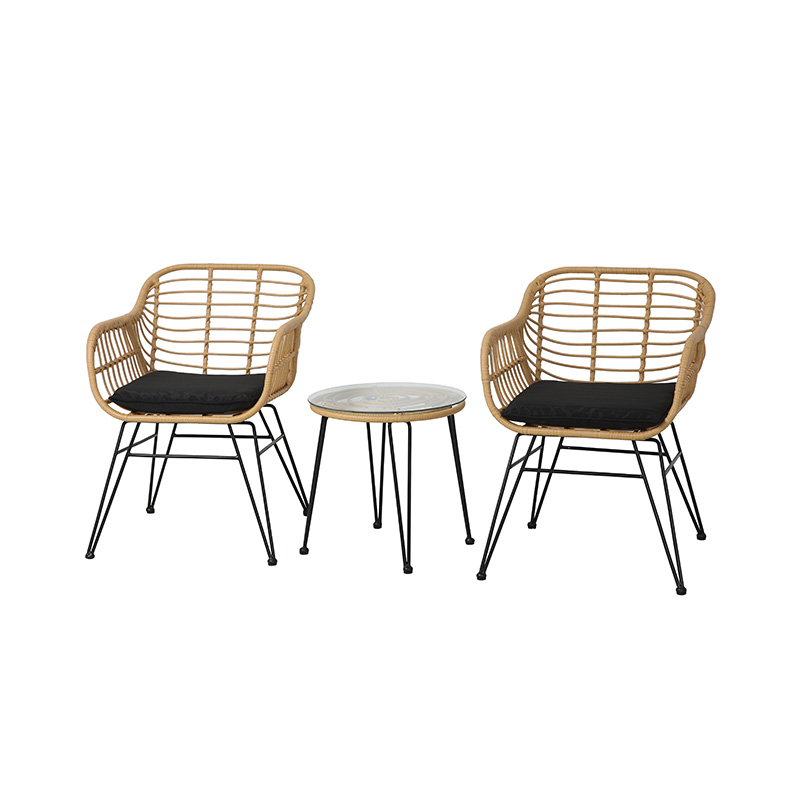

 Tel
Tel  Email
Email  ADDRESS
ADDRESS 














